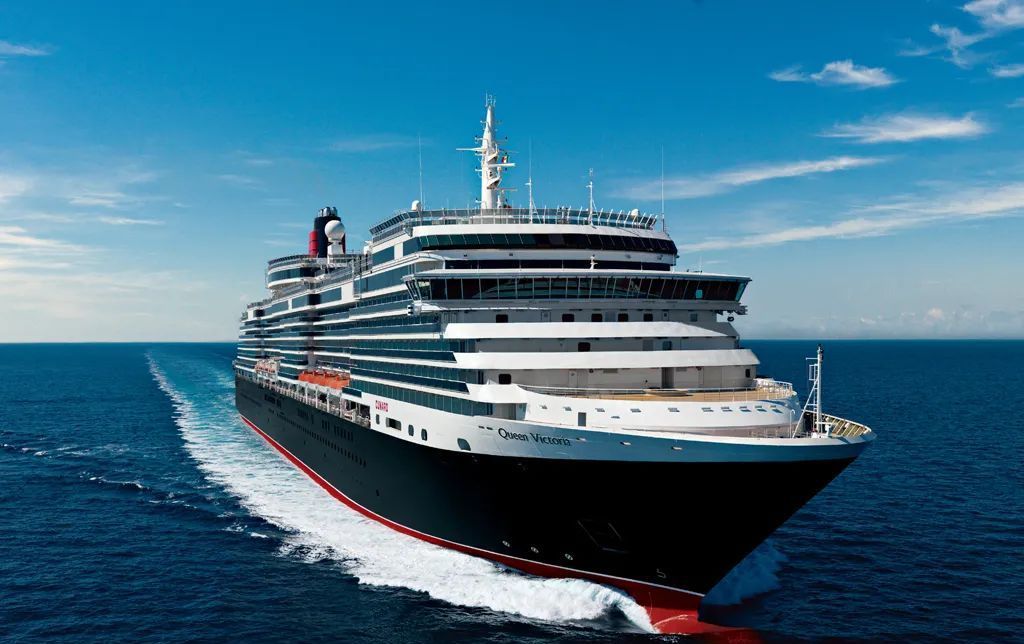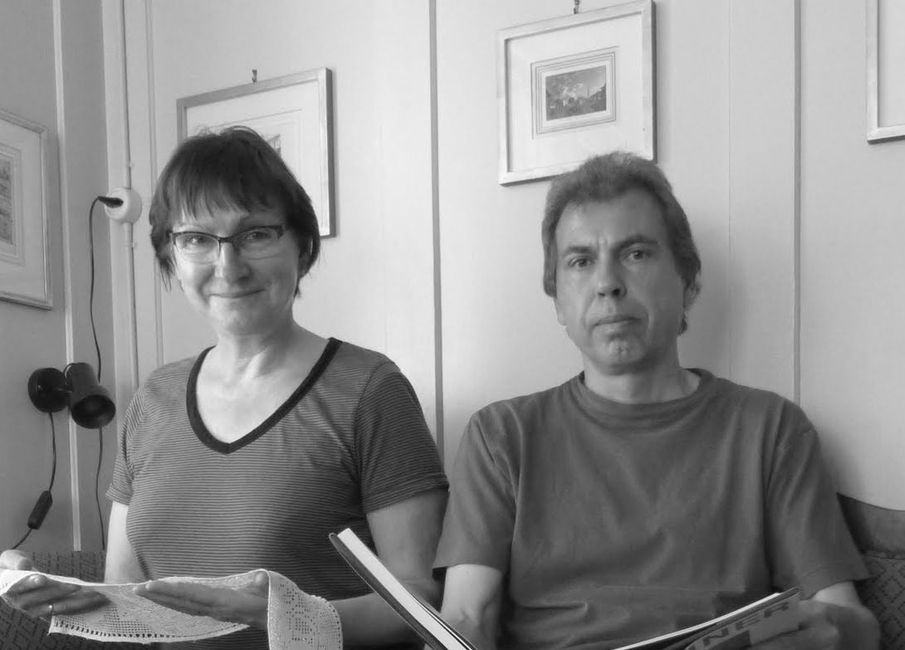Bali, Indonesia, March 12, 2023
Tshaj tawm: 12.03.2023
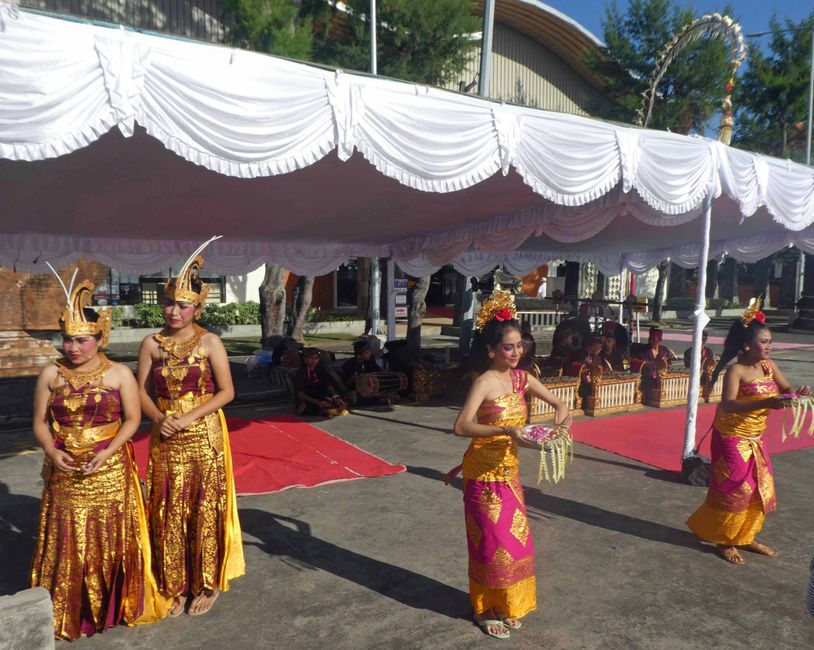
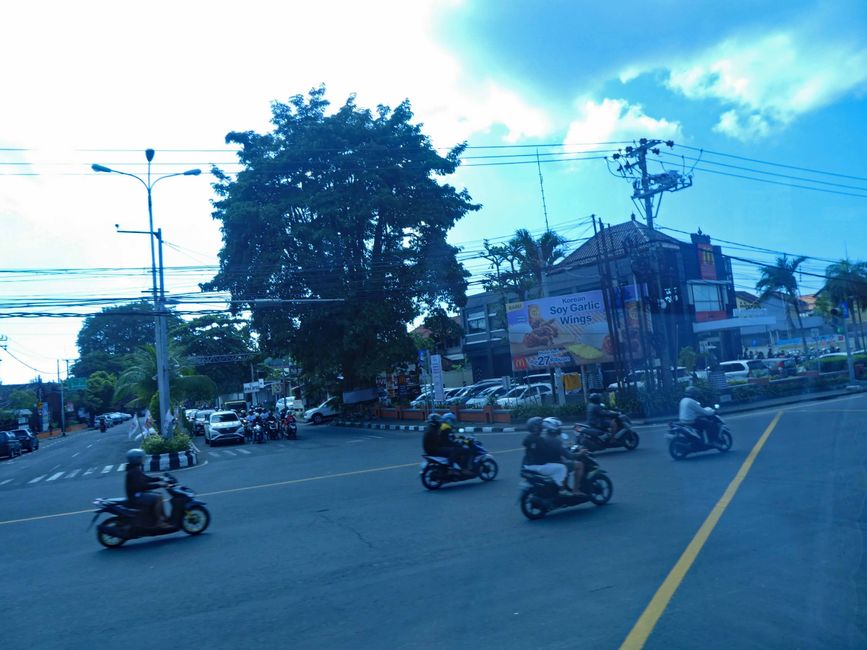
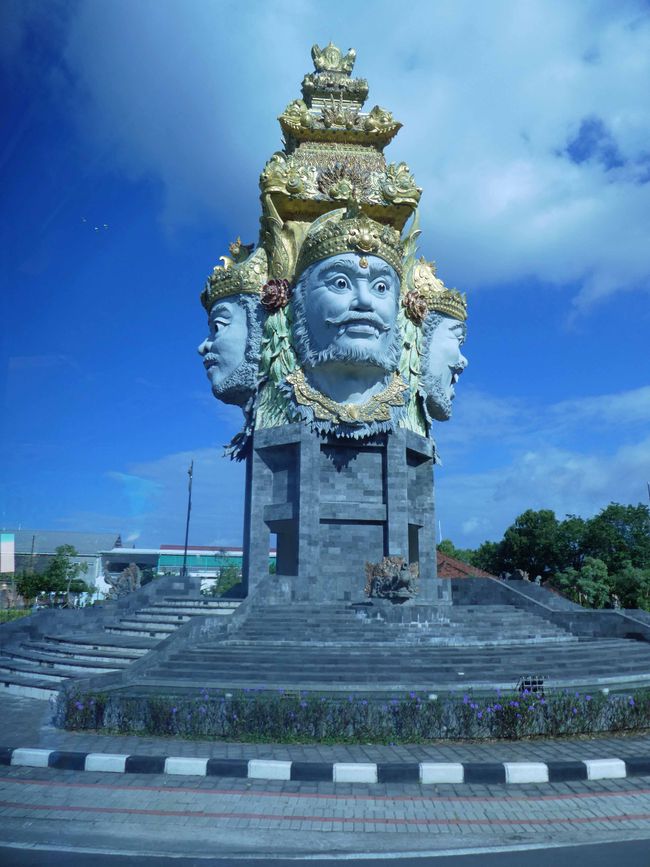
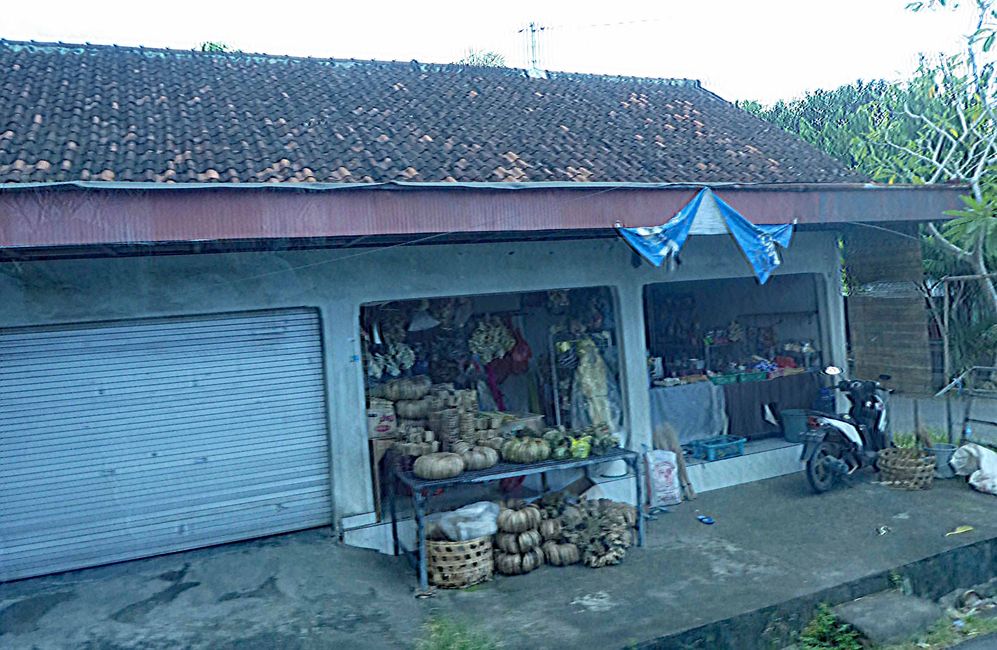
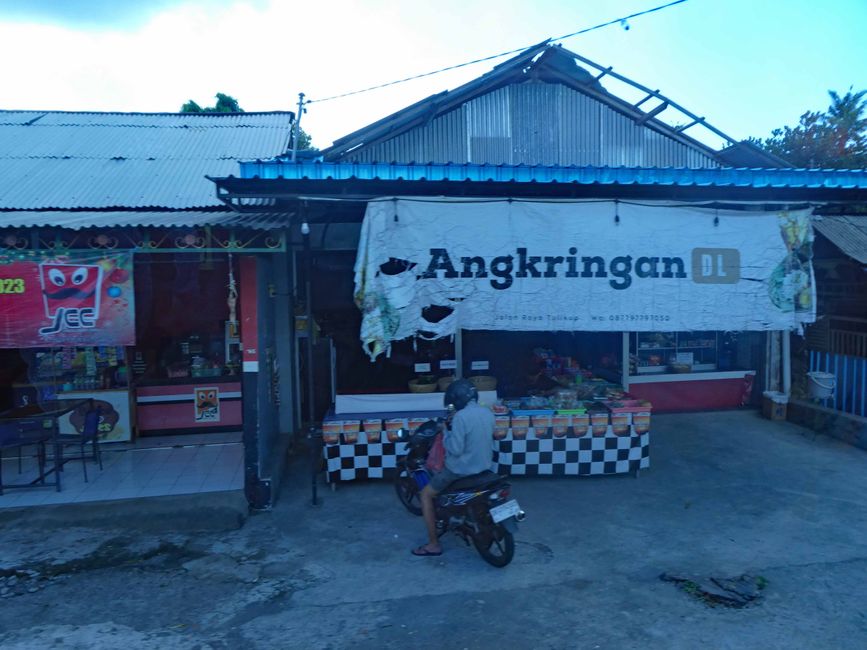
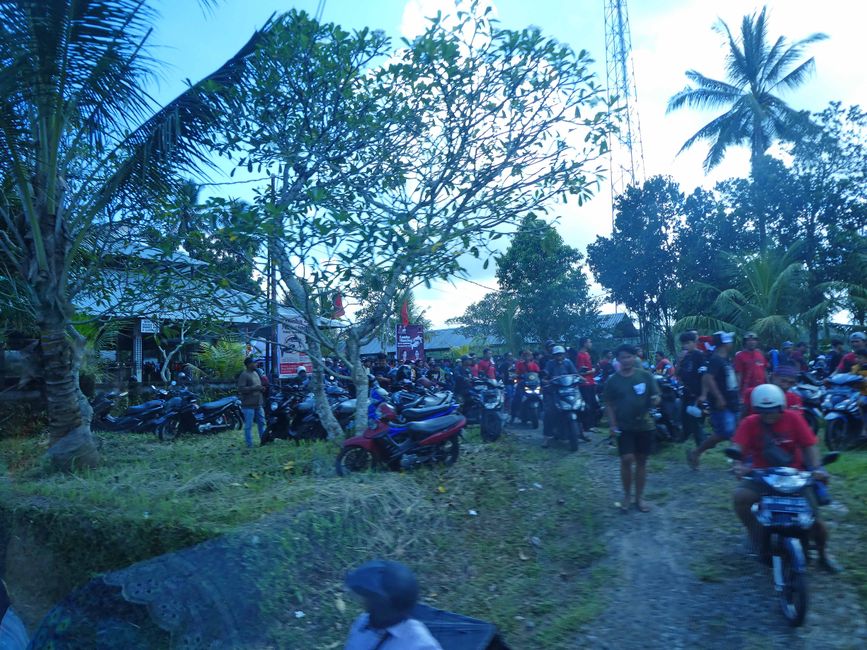
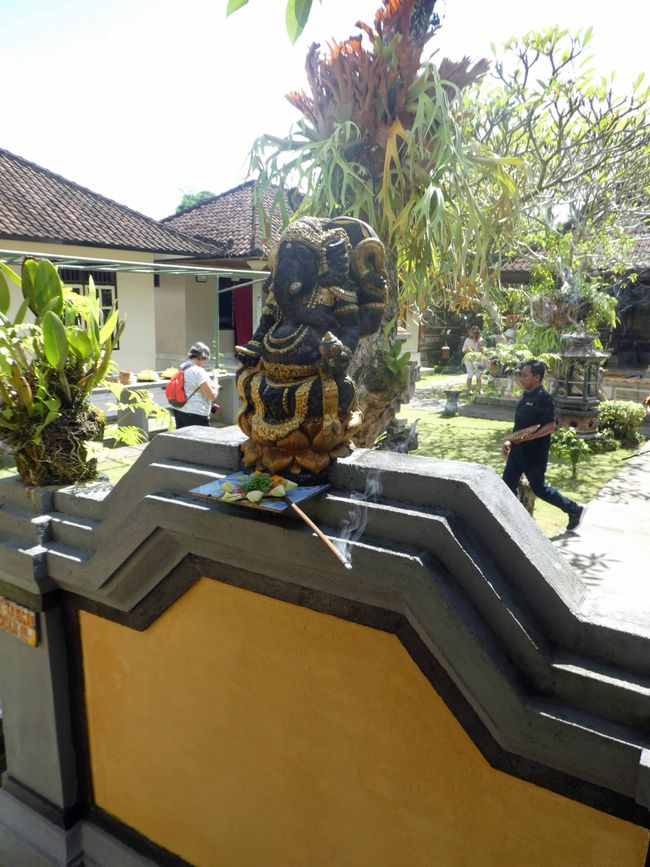
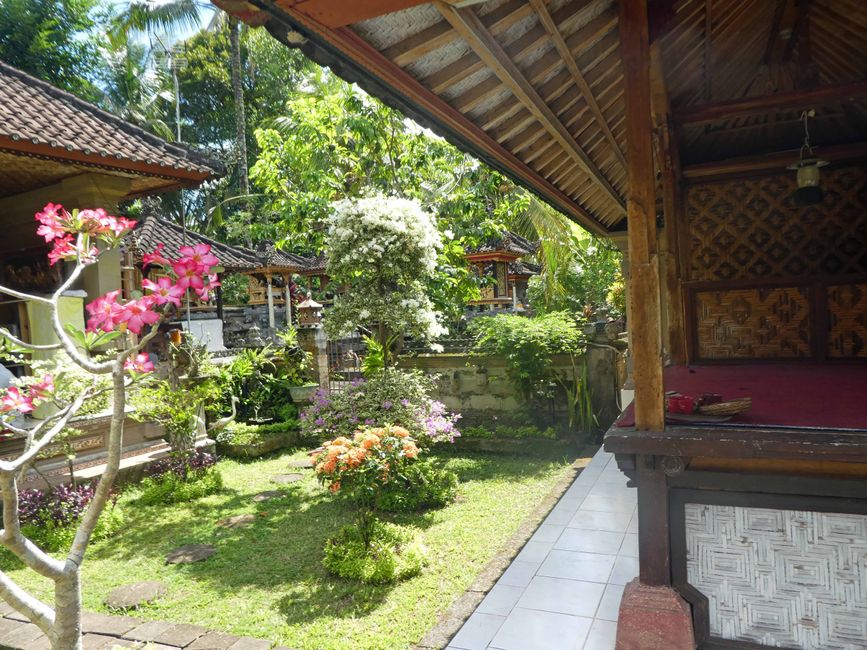
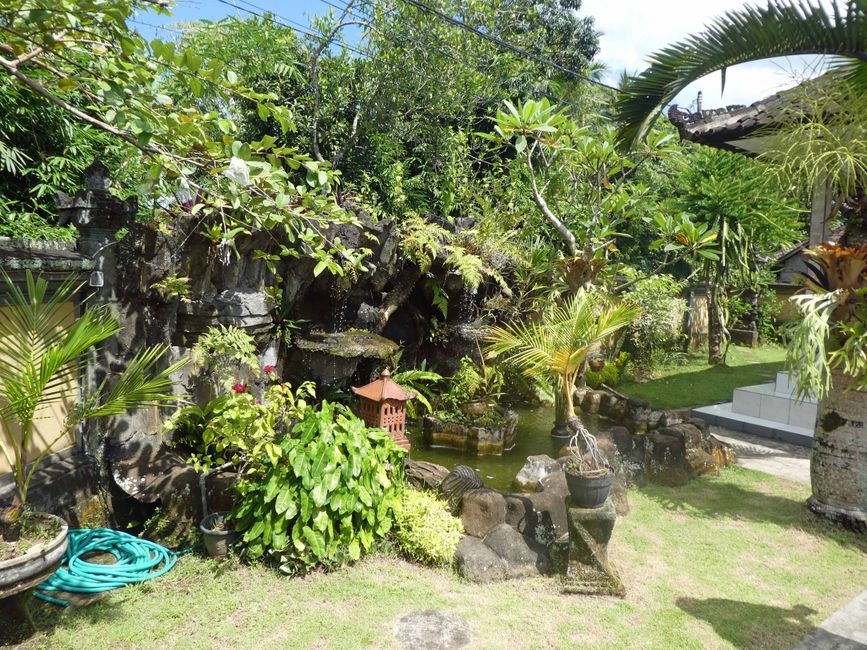
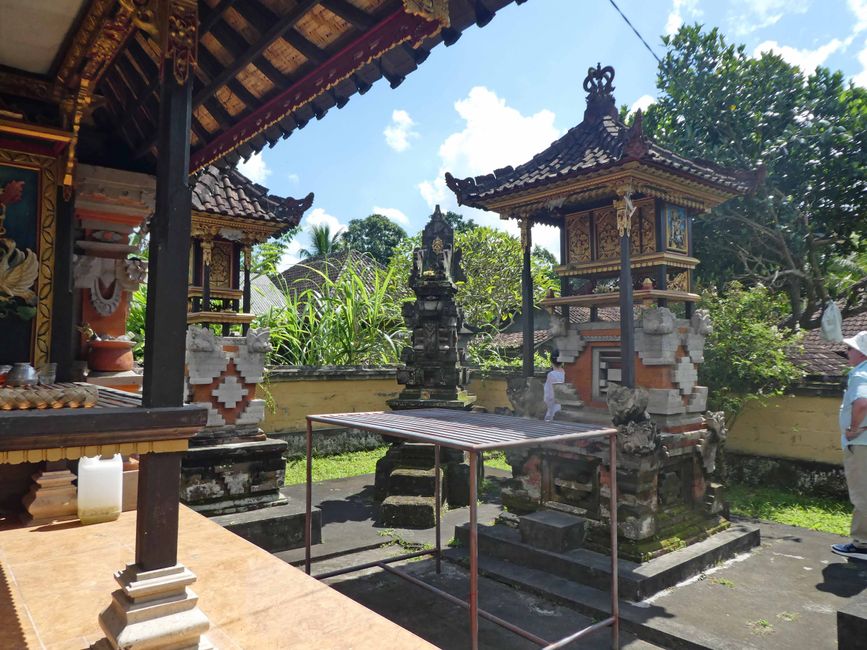
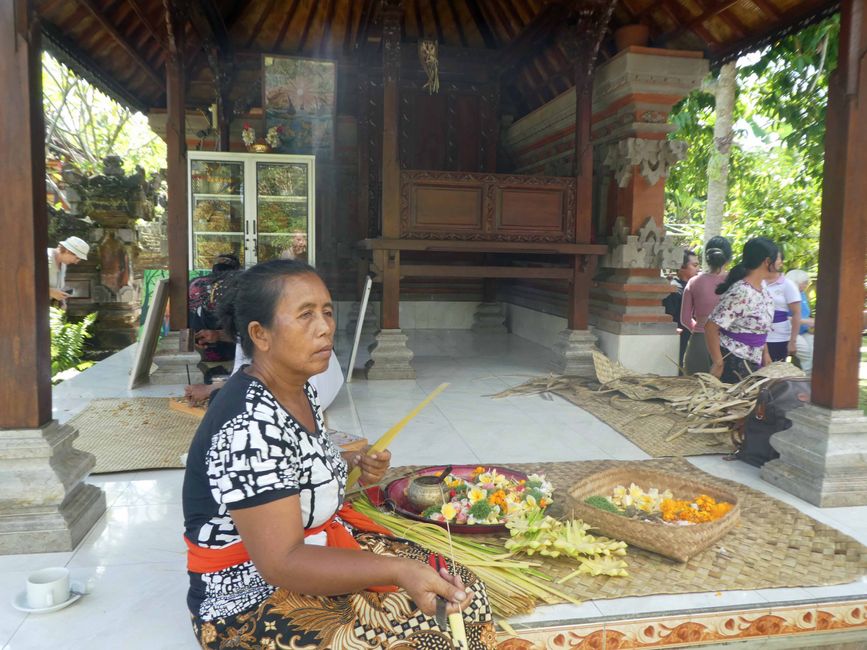
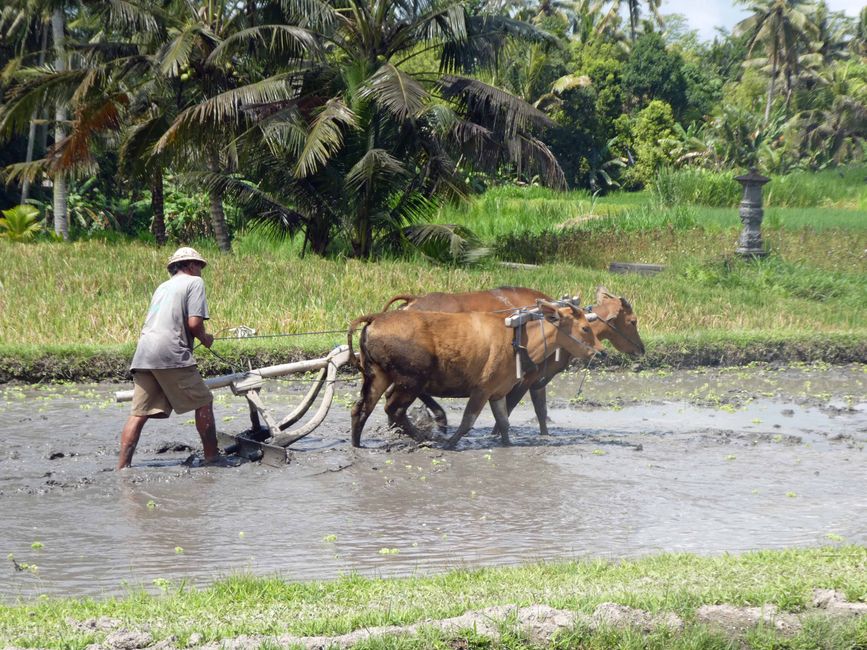
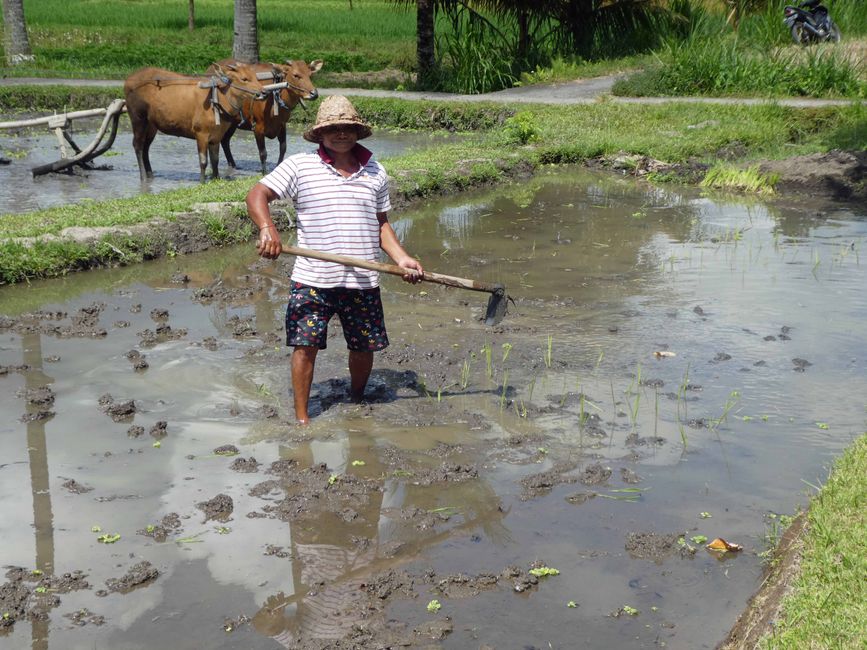
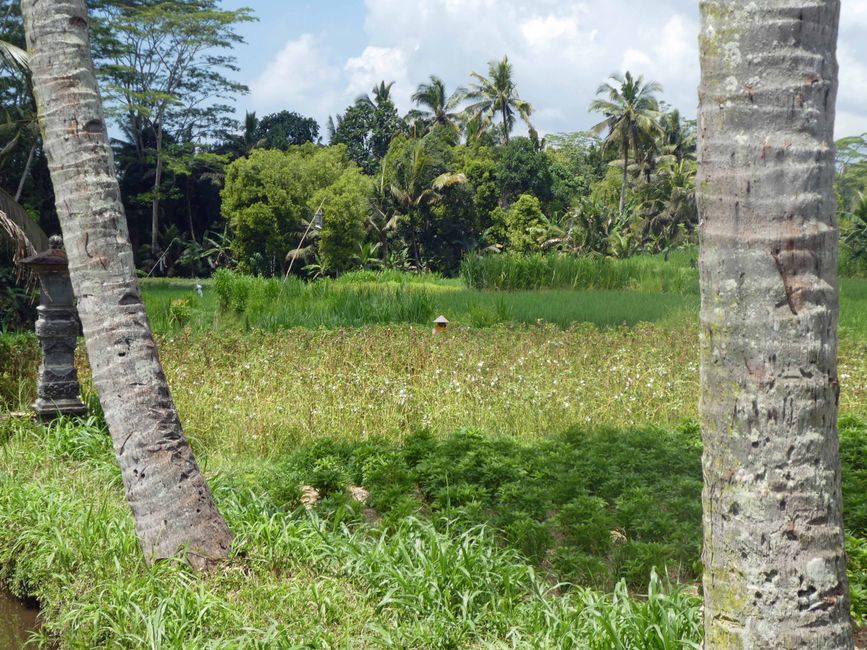
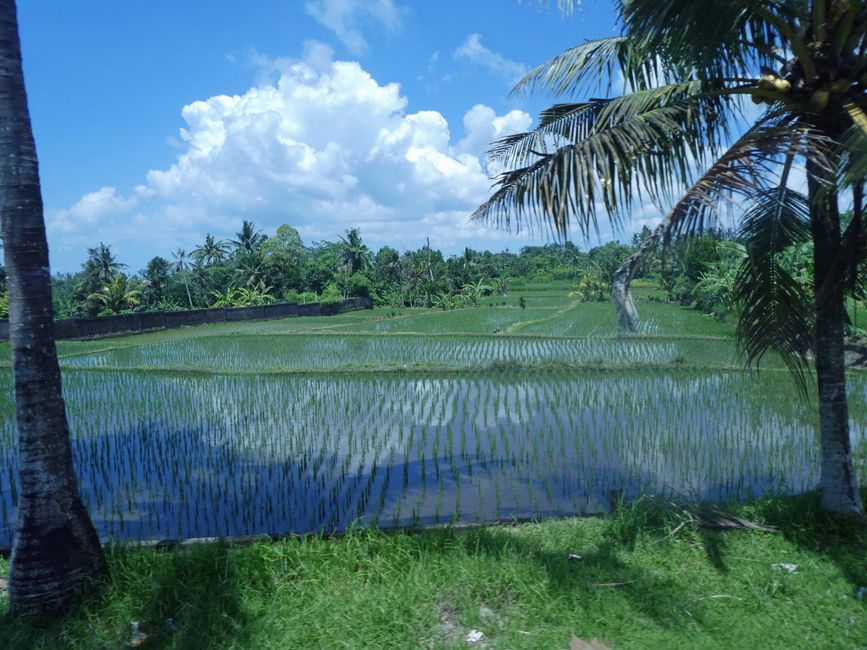
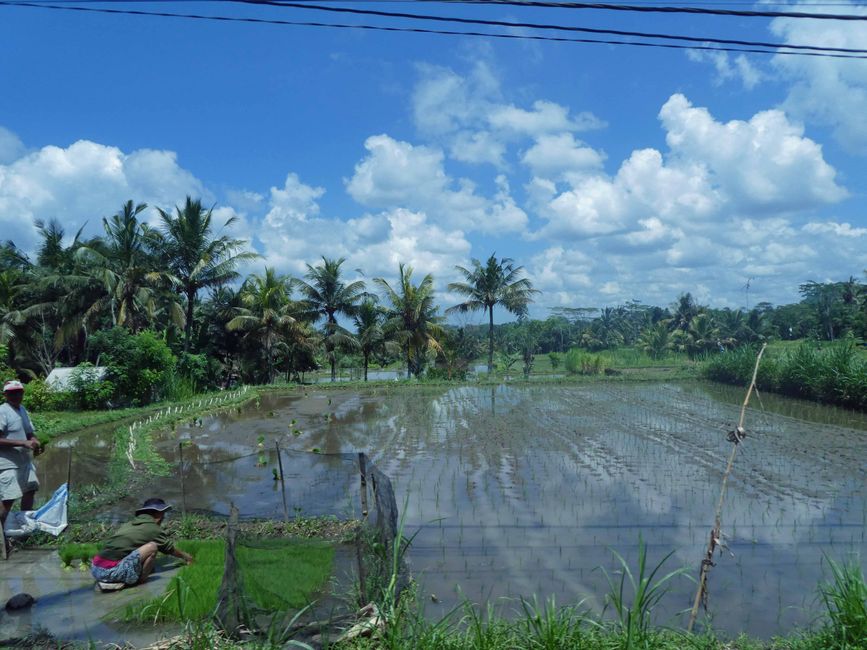
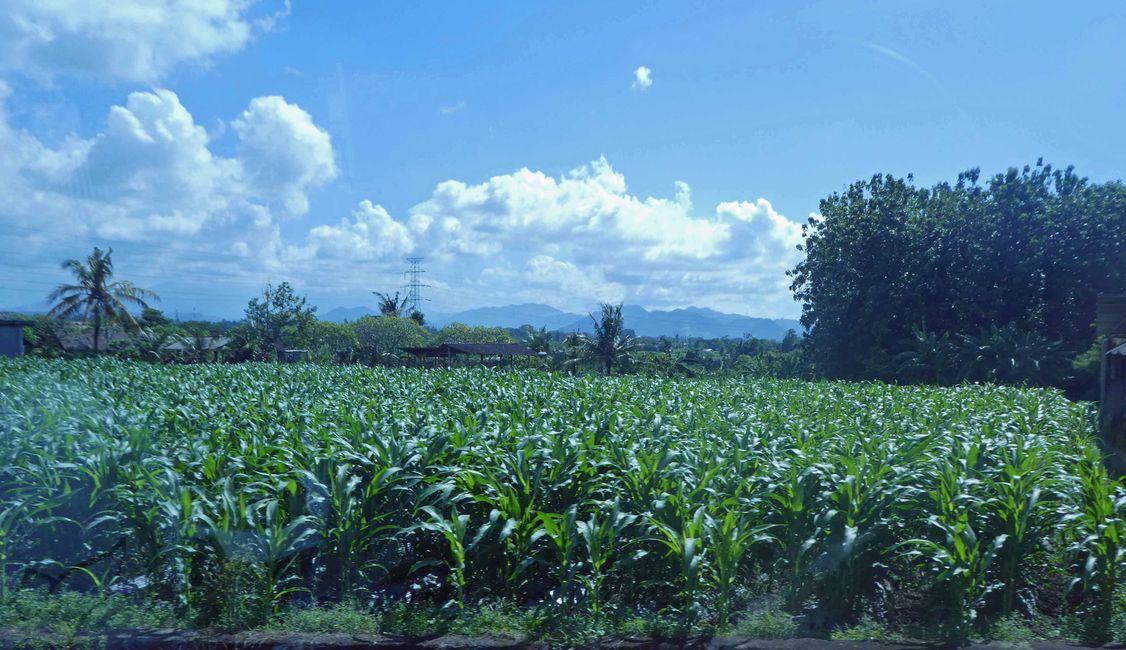
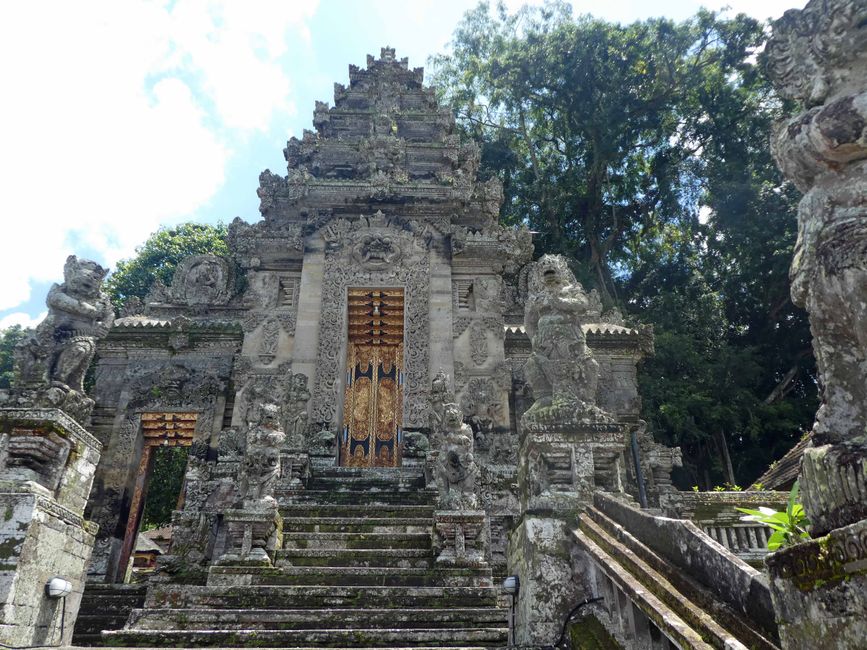
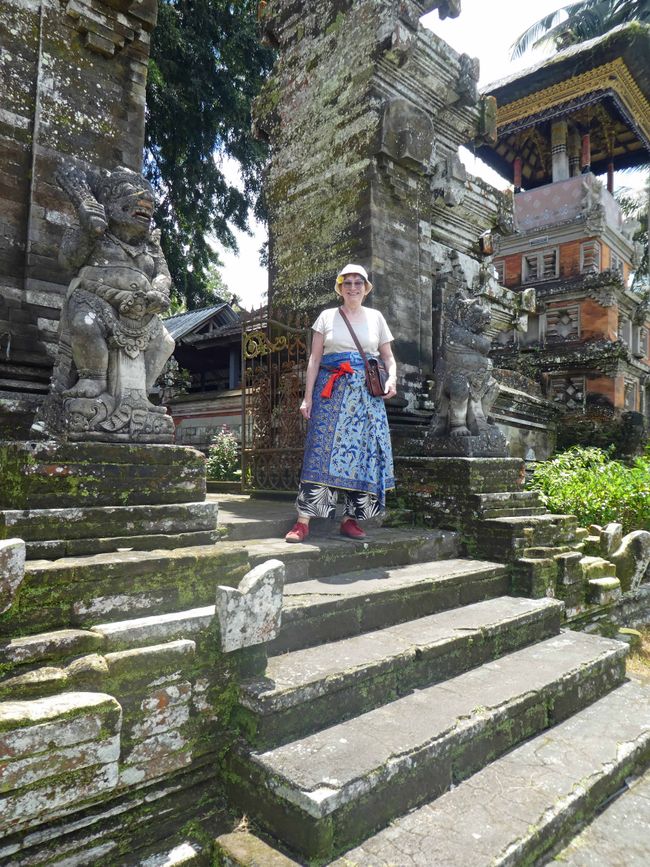
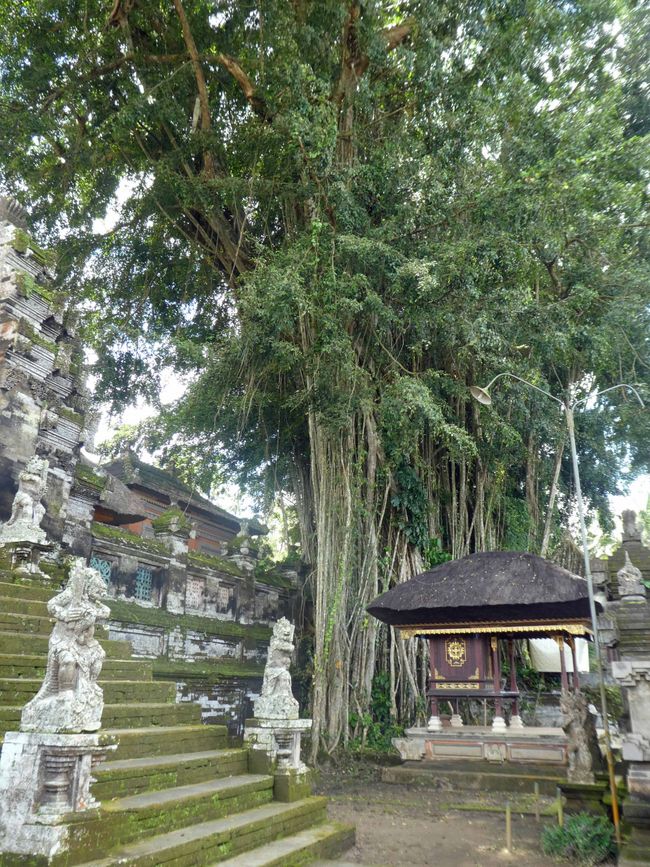
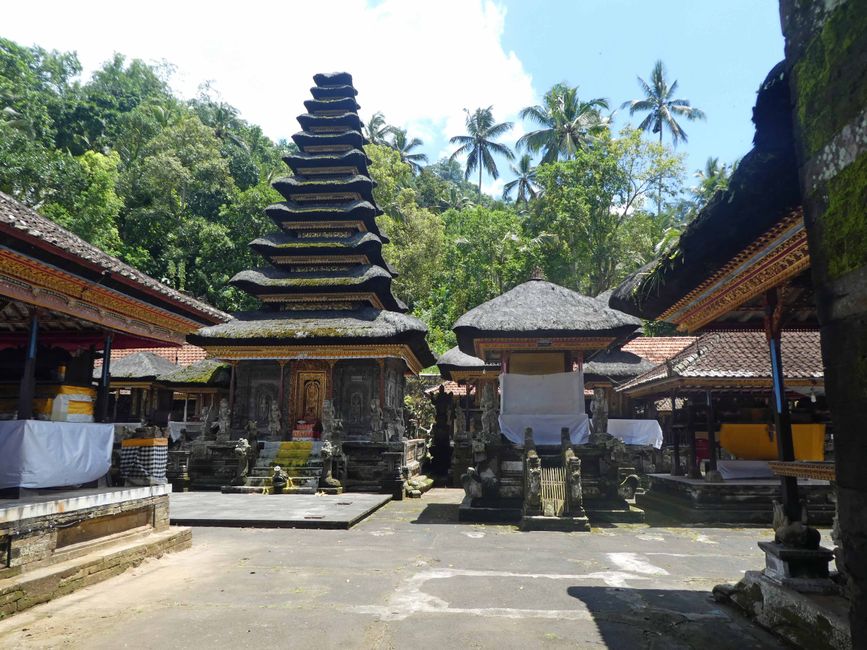

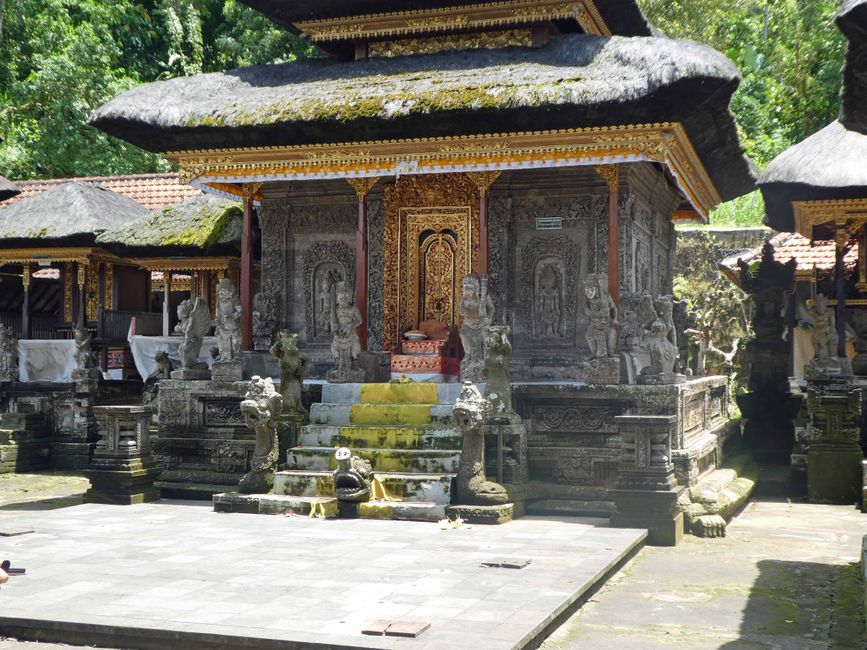
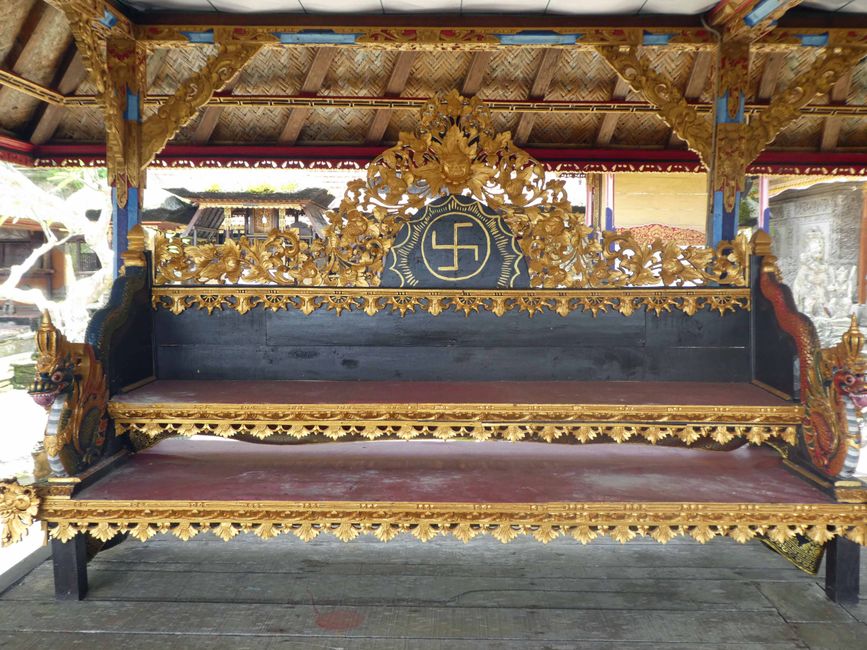
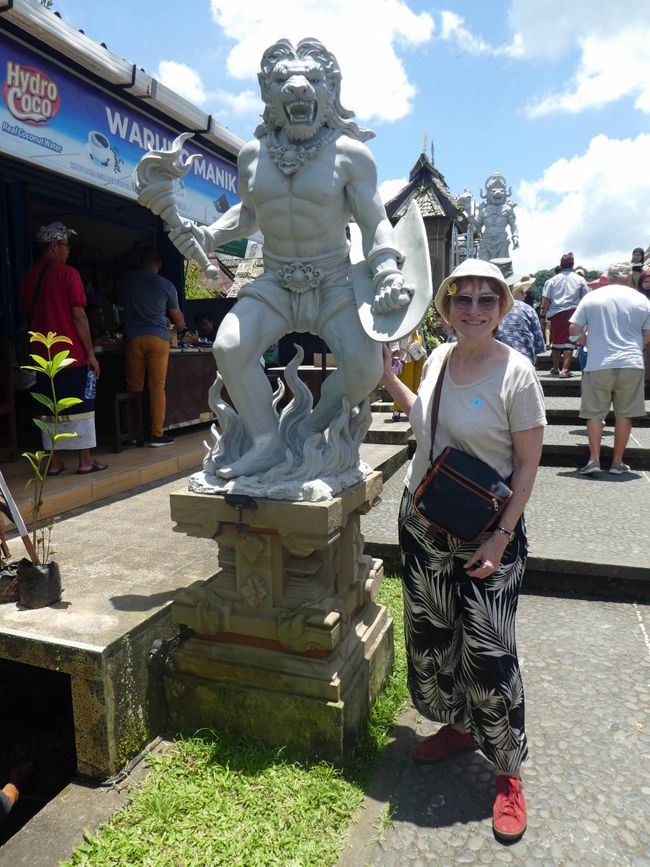
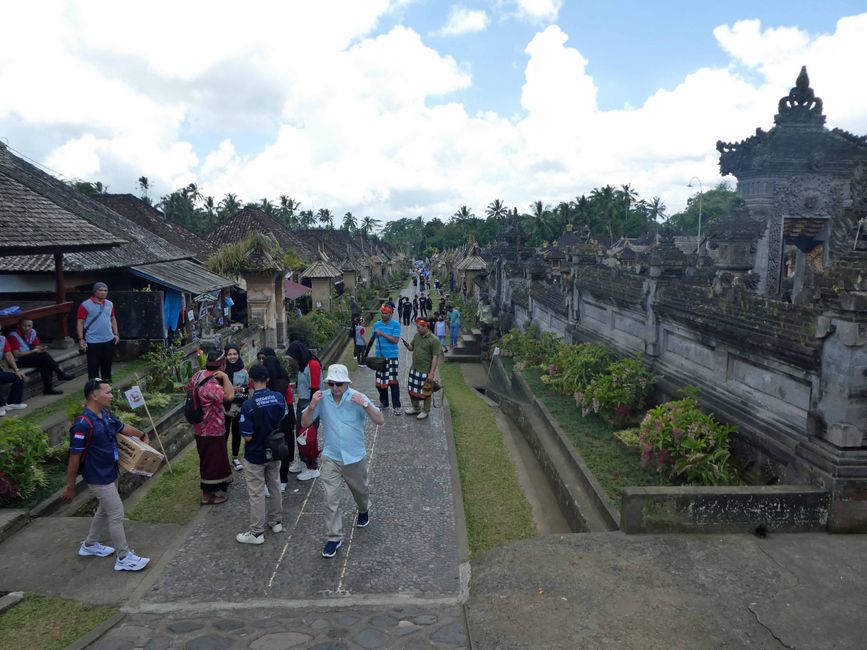
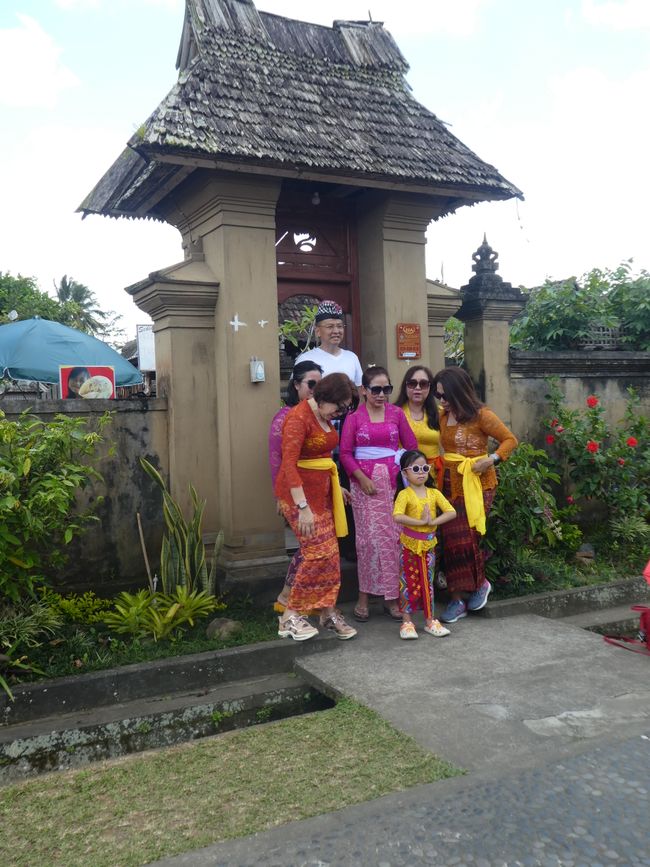
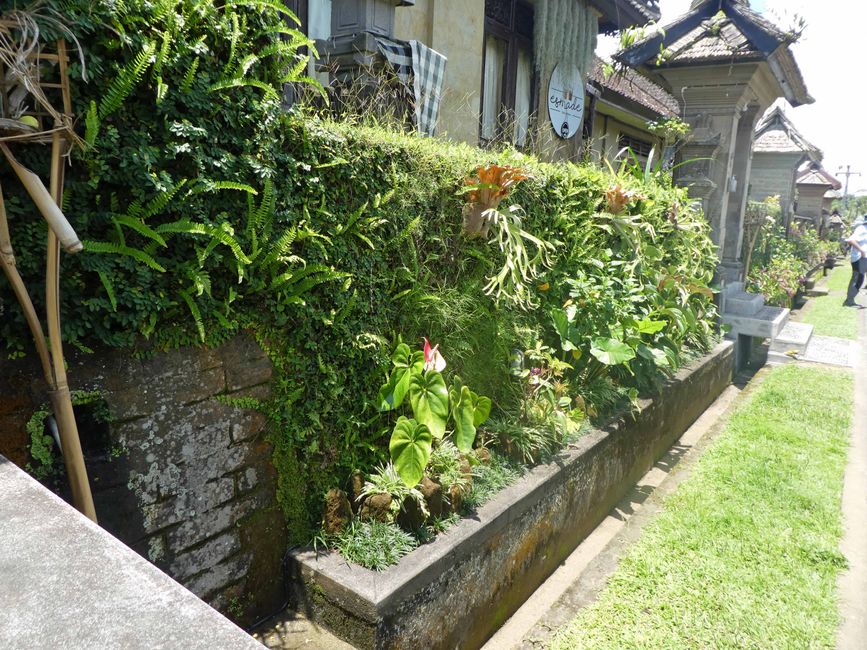
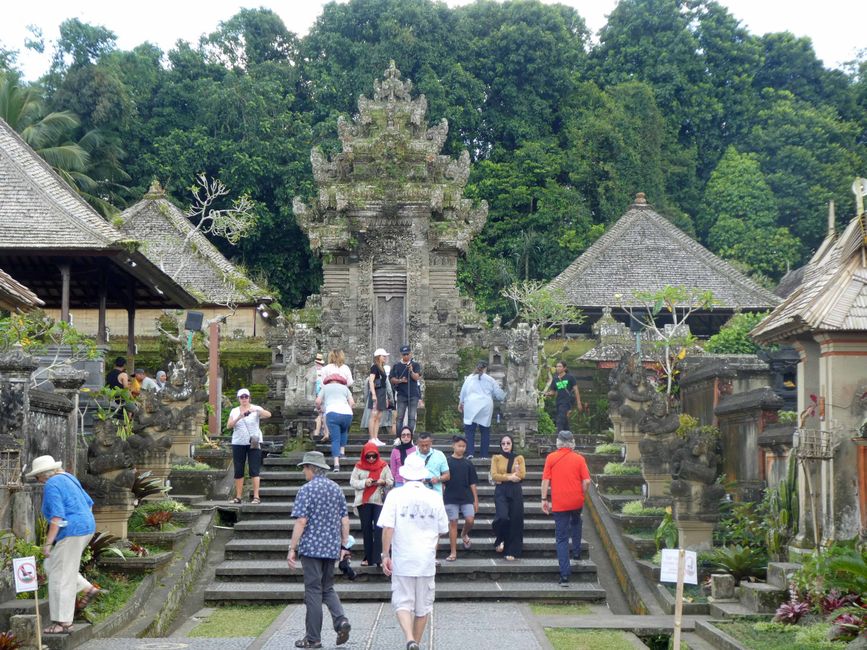
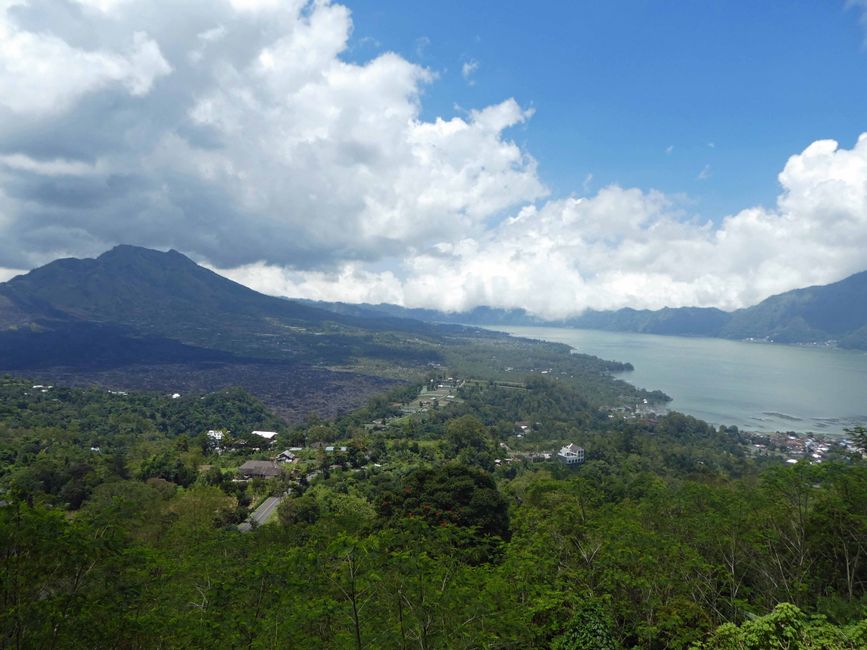

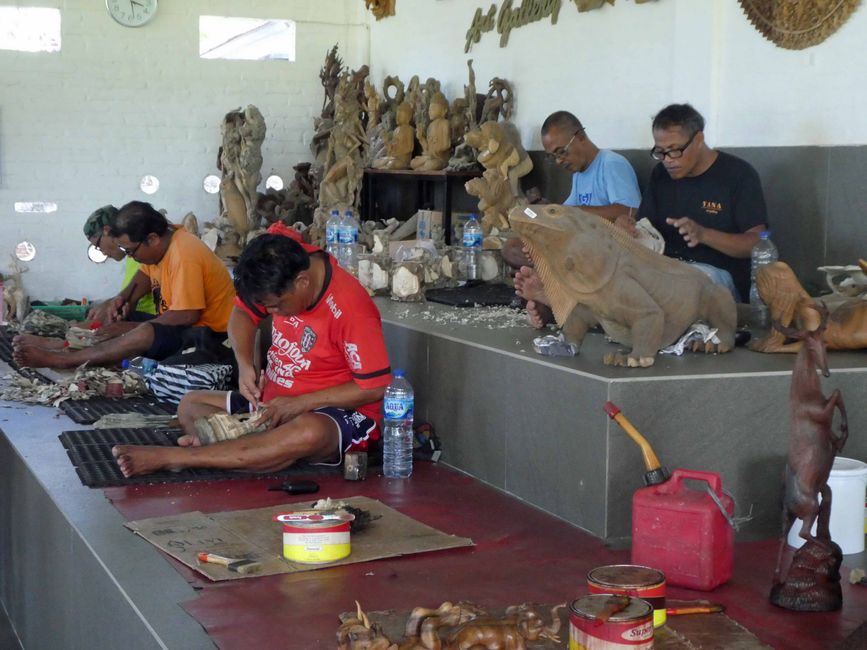
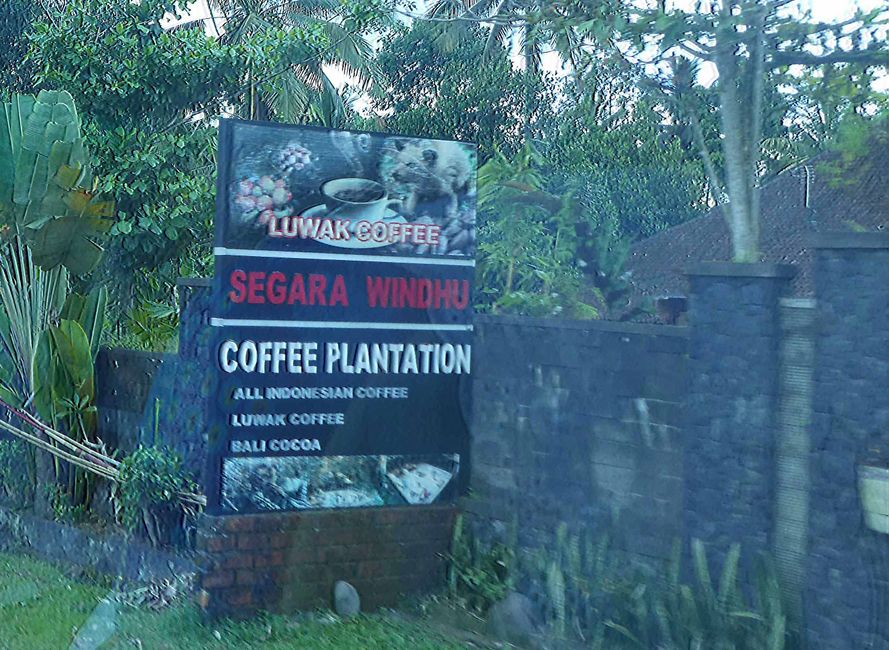
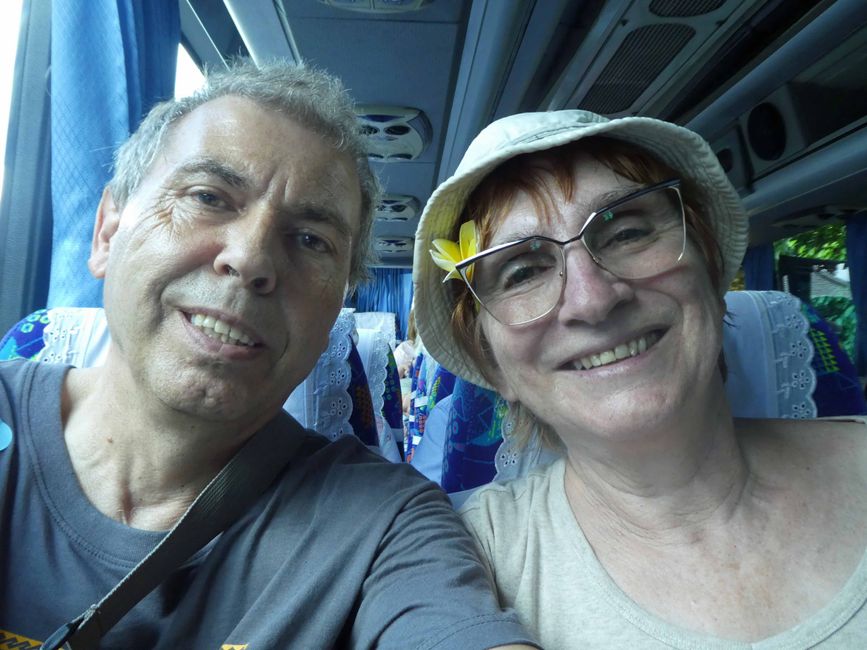
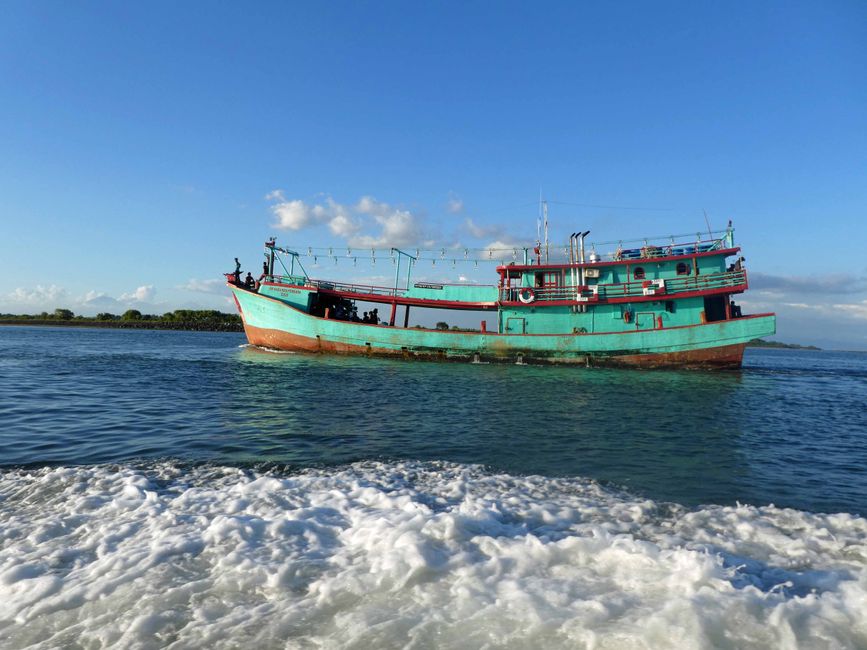
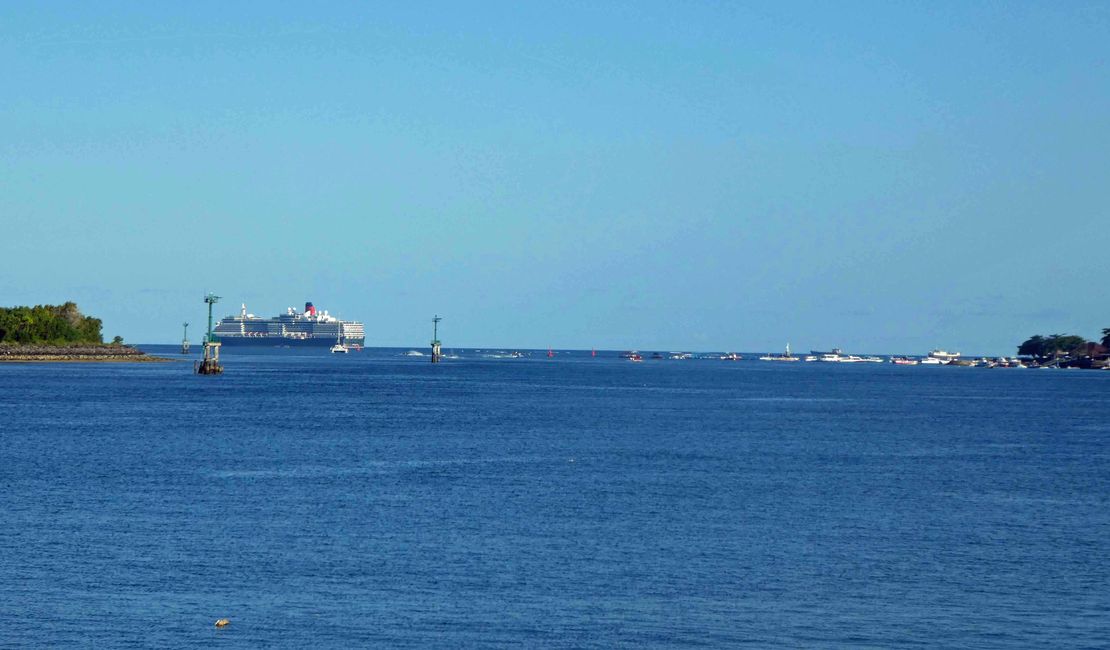
Sau npe yuav ntawv xov xwm
In Bali, the ship could not dock and anchored at the entrance to the harbor. This resulted in the need for tendering, which always takes a lot of time.
We had booked an excursion organized by the ship, so we quickly got off the boat and were able to start our tour early.
We were already welcomed in the port with dance and gamelan. However, a lot has changed in the past 30 years. During the bus ride, we immediately noticed the many motorcycles. Apparently, they have become so cheap and widespread that the shared taxis (bemos) no longer exist. The traffic is characterized by congestion and chaos despite more roads and wider streets. Overall, Bali has also become much more built-up. However, it is still a beautiful island with the remaining fields, palm trees, trees, and plants everywhere.
Our first stop was in Bangli, at a family's house where we were served tea, coffee, and sweets. We noticed that the house temples have become more diverse and take up more space at their farm and other farms. The majority of the residential houses and toilets are no longer open but closed all around.
After visiting the family, we were shown the cultivation of rice fields, cultivation methods, irrigation, etc. on nearby rice fields, somewhat idyllically. They are very proud of the GM rice, which is not self-propagating but can be harvested every three months instead of 5 1/2 months. With this rice, there is still just enough rice being grown for the residents. The government also subsidizes agriculture and promotes the cultivation of other types of grains.
The further drive led to the Kehen Temple. The second-largest temple in Bali, built on a steep slope. Bali has a total of over 20,000 temples, every courtyard has a temple complex, every village has its temple, every district and region.
The next stop was in Tembuku, a kind of 'Rothenburg ob der Tauber' or inhabited 'Ballenberg'. The village has decided to leave their village exactly as it is. There are no additional farms or buildings (except house temples). As a result, they charge admission and require visitors to abide by certain rules. Such places are always interesting because of the surrounding area. There are incredibly many predominantly Muslim tourists. The latter are apparently completely fascinated and take crazy photos of themselves and the surroundings. Otherwise, it is a preserved village that has no traffic and no shops on the street. What was perhaps special were the completely overgrown walls. They also need to be maintained, but the plants grow independently on the walls without any netting, etc.
The lunch stop then took place on the edge of the crater of Mount Batur, an active volcano. We enjoyed a good Indonesian-Balinese lunch on the balcony with a great view.
The final stop was at a wood carving workshop in Batuan. They offered impressive and high-quality carvings.
Bali almost entirely relies on tourism, and it has not yet returned to pre-Covid levels. Consequently, the street vendors were quite desperate. We bought a few things to support them.
We then returned through heavy traffic, passing by the coffee plantations with the famous Luwak coffee. There, palm civets eat the coffee cherries. The excreted coffee beans are then roasted. One kilo of this coffee costs around 1,000 Swiss francs. We were a little late, so we couldn't make a stop there. Maybe that was for the best because due to the high price, some wild palm civets are now captured, kept in cages, and fed exclusively with coffee cherries. This is something that should not be supported.
Since many full-day tours returned at the same time, tendering took a bit longer. Nevertheless, we left Bali with beautiful memories.
Sau npe yuav ntawv xov xwm
Teb
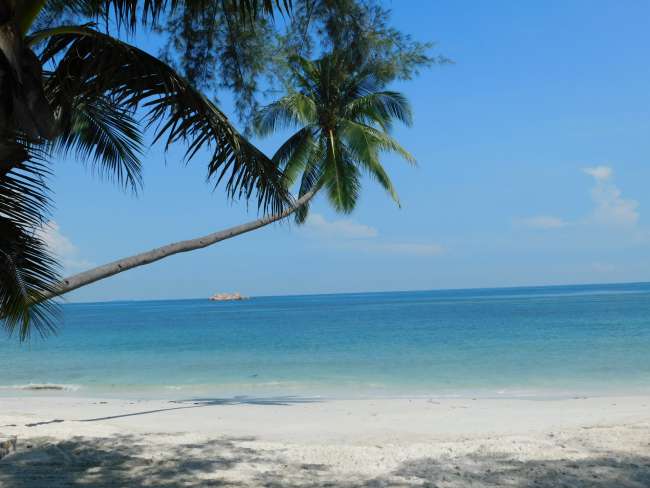
Daim ntawv qhia txog kev mus ncig Indonesia
